Poetry, beautiful art, active learning—we want these things in our young children’s educations, but we also want them to learn how to read well. Can your child achieve a solid reading foundation with The Good and the Beautiful curriculum? Yes! It’s one of the things people like most about our curriculum. We love seeing the joy that children and parents experience when they see the world of reading open to their children through this curriculum. Why is our reading program so effective? Why are children excelling with this program when other reading programs have not worked for them? This post explores answers to these questions.
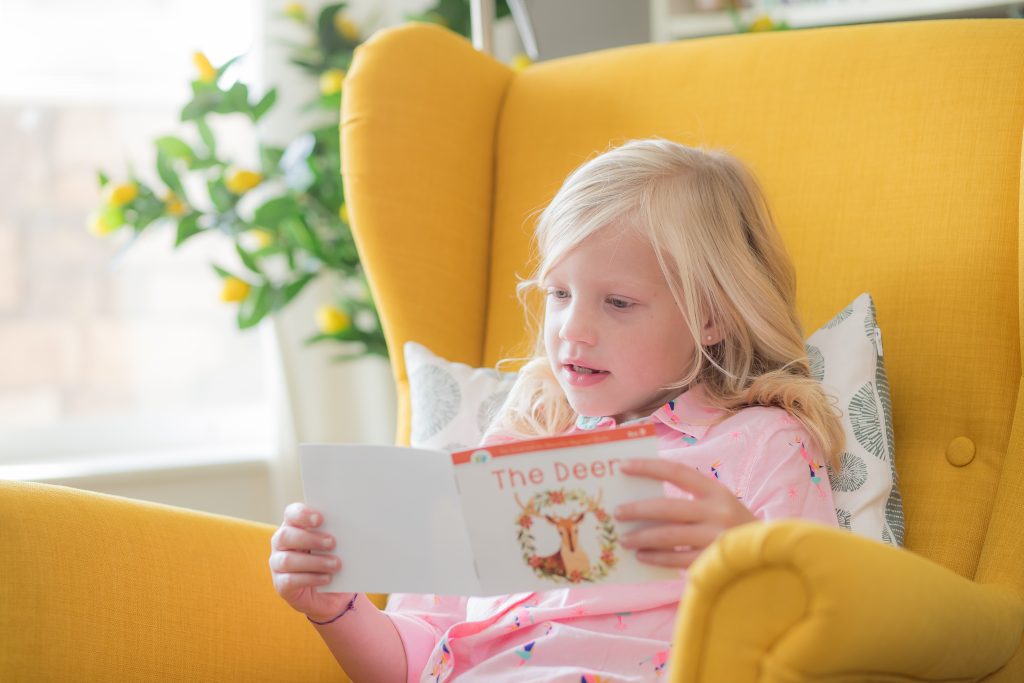
The Impact That Art, Nature, and High Character Have on Learning
We have carefully crafted our language arts lessons to be visually appealing and full of meaningful content and variety so that lessons are fresh and exciting. In addition, reading descriptions of nature and observing nature in beautiful paintings calms the mood and increases focus. The beauty and meaning are not just feel-good experiences; they actually improve academic learning and help children enjoy learning more.
One of the many users of our curriculum, Mary M., described this well in a recent Facebook review: “I love that my 7-year-old, who I used to have to drag to do school, now asks if she gets to do language arts yet.”
Children have an innate ability to tell when something is meaningful and worthwhile. They naturally notice what is beautiful and interesting around them in the world. They notice it in their lessons as well! Letting children dive into content that is full of meaning and beauty engages them in the learning process. It also keeps their interest and focus, allowing you to spend your time with your child teaching rather than trying to get them to focus and work.
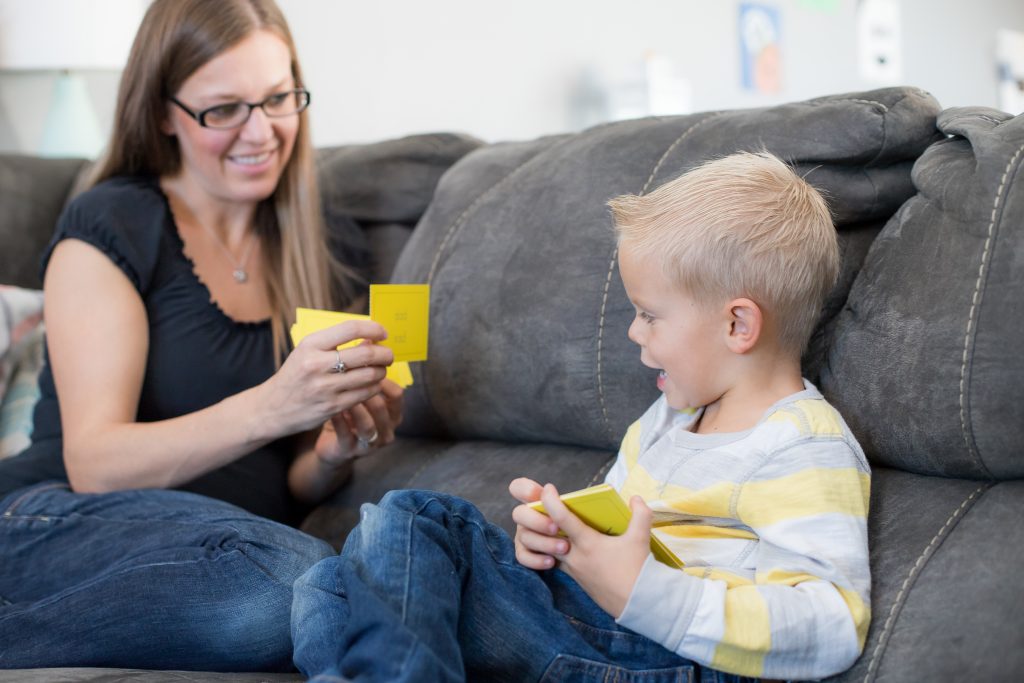
Children are more motivated to work hard when they feel that they are working on something that is good for them. This concept was brought to our attention recently during an interview with someone for a position in our company. When asked why she was interested in working for us, she explained how the curriculum had impacted her child. She had thought he was a slow learner because he hated learning, always complained, and wasn’t progressing. When they tried The Good and the Beautiful curriculum, one of the first things they did was read a book about mothers with messages about love and respect. He turned to her when they finished the little book, smiled, and said, “This is good, Mom.” From that point forward, his learning took off because he loved the way the lessons made him feel. This mom was emotional as she explained how the beauty and meaning in our curriculum helped her child advance so rapidly in both character and academics.
Thorough Phonics Instruction
Children feel excitement while using The Good and the Beautiful reading program because they progress quickly. Our language arts curriculum, guided by the vision of Jenny Phillips, took years to create through testing, researching, piloting, and working with experts, educators, and homeschool parents.
Susan M. shared on Facebook: “My 6-year-old was struggling to learn to read and bored to tears (as was Mom!) with other books and methods. But she was determined to learn with or without me. We ordered TGTB and behold, she is READING in just a few weeks.”
Most words in the English language can be decoded, or mostly decoded, if the child has the skills to do so. In our curriculum, children memorize a short list of words that are phonics rule breakers and high-frequency words, which increases early fluency and confidence; however, the majority of our reading instruction is phonics-based.
Our unique phonics cards help children learn the sounds of phonograms quickly and confidently and then children practice those phonograms in sets of words. Our phonics-based curriculum teaches children phonemic awareness: the ability to separate sounds in a word. This allows children to decode and read new or challenging words, and it also helps them become excellent spellers.
In addition, The Good and the Beautiful curriculum teaches children to spell phonics patterns as they learn to read those same letter patterns. As children more deeply process the phonics patterns through spelling, they learn to read the patterns faster. Our curriculum also teaches children to recognize compound words, base words, prefixes, suffixes, and more.
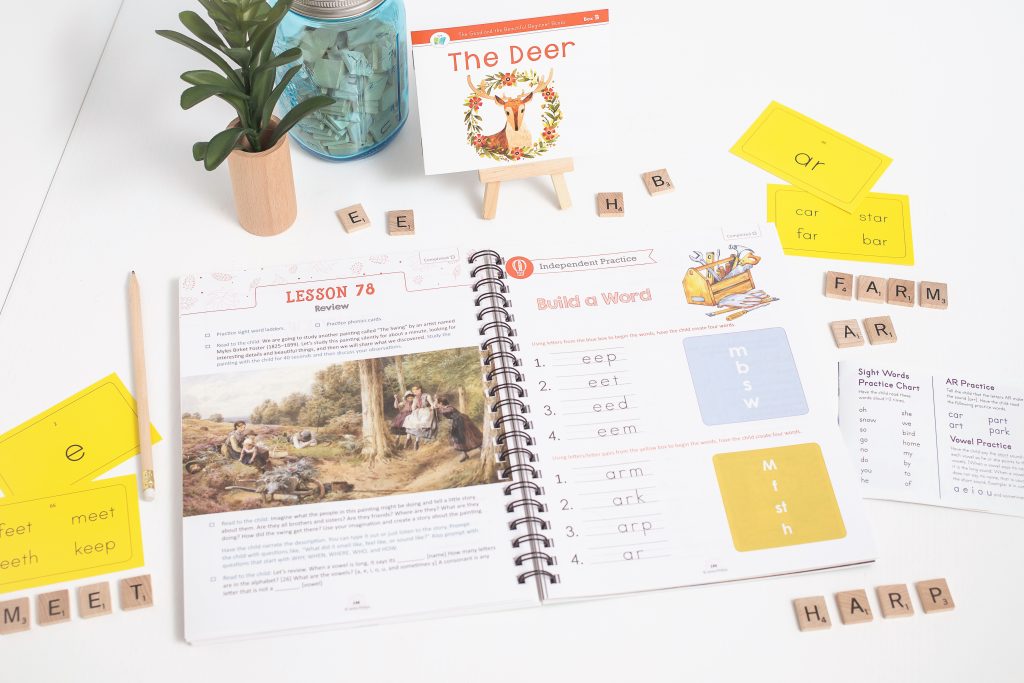
We take reading instruction seriously at The Good and the Beautiful. However, we don’t stop at teaching children to read effectively; our curriculum also teaches children to recognize, appreciate, and seek out literature of the highest moral and literary merit—something that will bless children for their entire lives. We feel so strongly about our mission that our Language Arts Levels 1 through 5 course sets (complete with phonics cards and readers) can be downloaded completely free! Comparable program downloads sell for $100–$300. Be sure to check out our video “It’s Time to Be Brave about Books” to learn more about our mission. Please help us share our mission and resources by liking this post and leaving a comment.


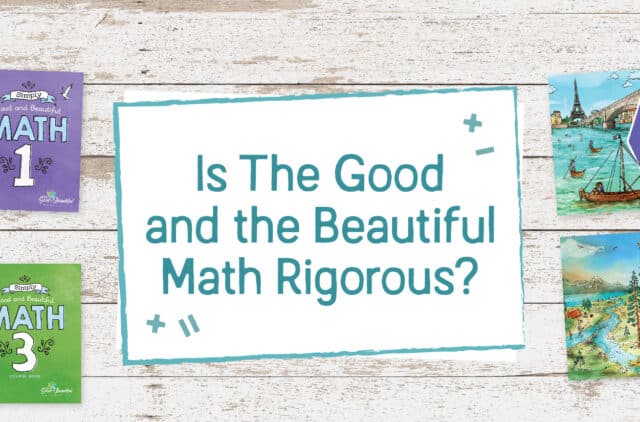
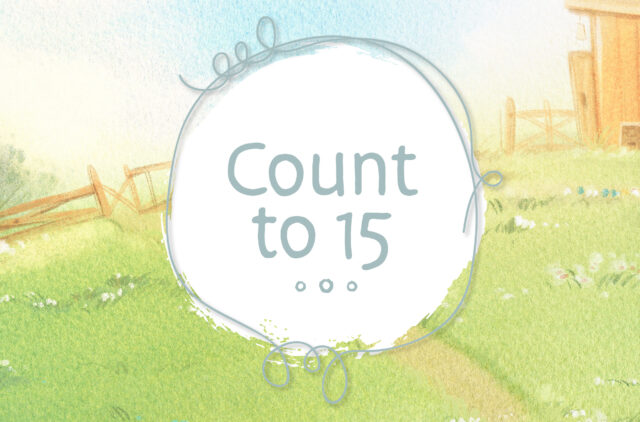
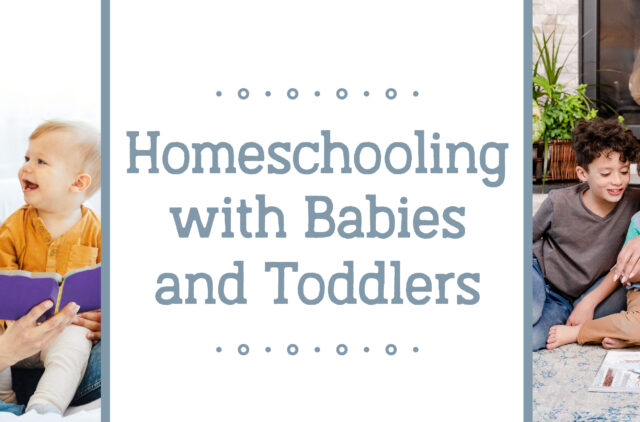
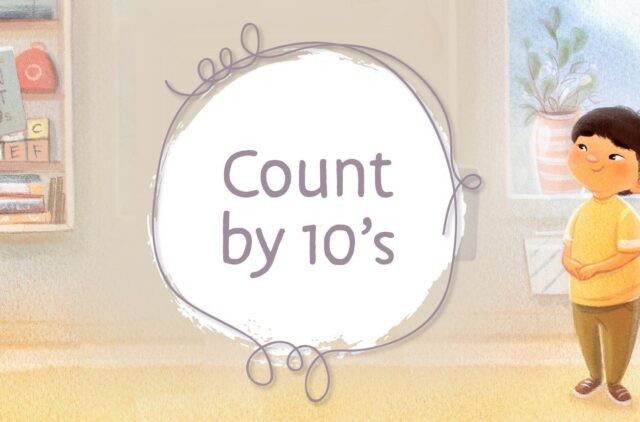
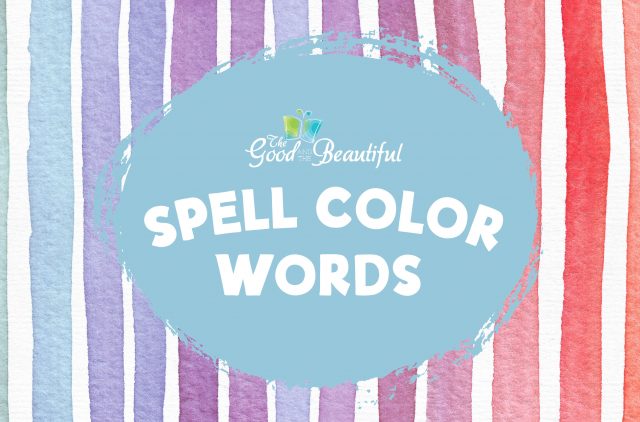
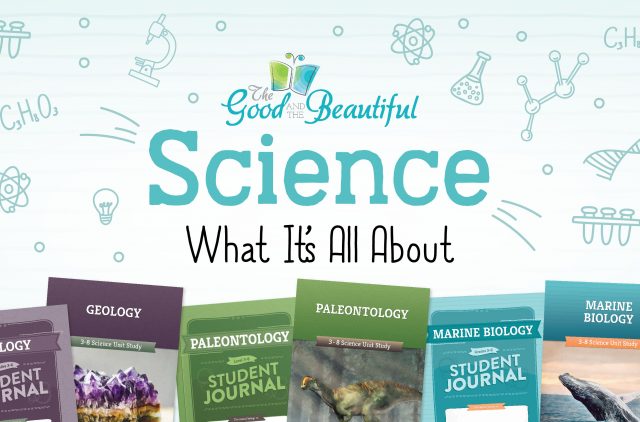
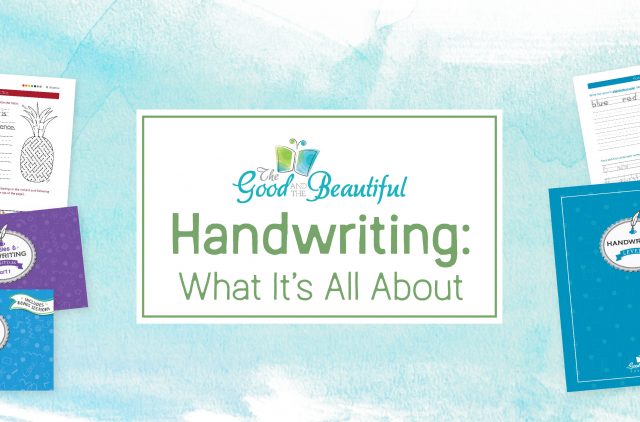
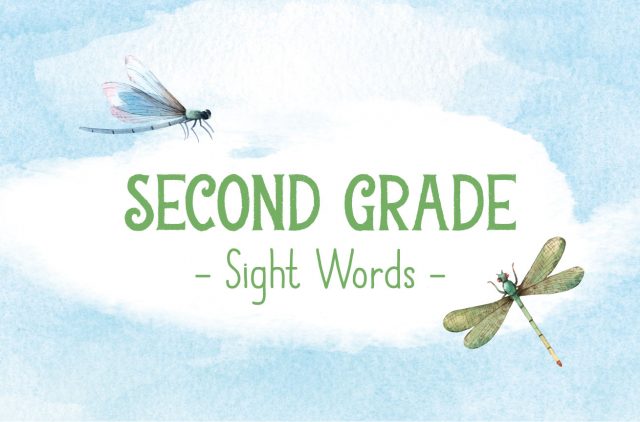
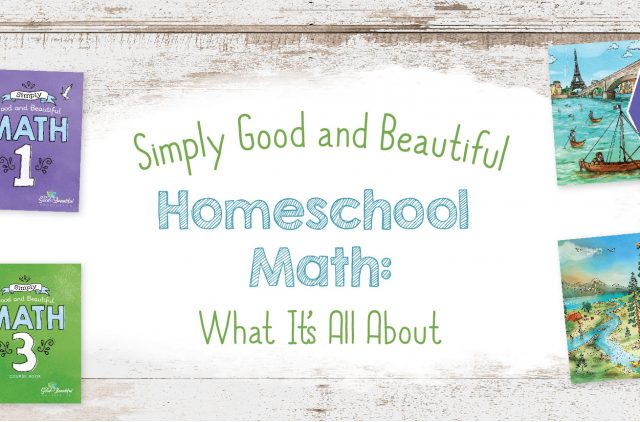
Comments
Hi! We are so excited to start our first year of homeschooling with The Good and the Beautiful! One question I have is does the kindergarten language arts program work on reading comprehension? Thank you!
Thank you for your comment and for choosing The Good and the Beautiful for your first year of homeschooling. We are excited for your family as you start your homeschooling journey.
Language Arts Level K does not directly teach reading comprehension. We encourage you to read aloud to your child or offer audio books that are at a higher reading level than your child is currently reading. Children can comprehend on a higher reading level than they can read, so delving into difficult plots and complex sentence structures will make children better readers and increase their vocabulary.
The reading portion of the lessons in Level K is to more directly teach child reading and phonics principles. The Level K Reader is designed to help children experience and love good and beautiful style images and stories at a young age.
Extensive samples are available on our website for all levels so you can take a look at what is included to see if it is a good fit for your family.
I just have to say that I absolutely love your language arts curriculum!! As a seasoned homeschooler, it is the most thorough, beautiful and truly good curriculum I have come across! Thank you so much!! The Good & the Beautiful is what keeps me going as a homeschooler!
Hi, I am a newbie to Home-schooling. I am very excited to begin with the Good and the Beautiful.
Keep up the works of the Lord!
I don’t seem to be able to find out if your phonics program teaches word families (_at, _et, _it, _ot, _ut, _an, _en, _in, _on, _ag, _eg, etc) or if it teaches beginning consonant/vowel blends (ba, be, bi, bo, bu, pa, pe, pi, po, pu, etc). I’m asking because I used a Christian homeschool curriculum for PreK with our granddaughter, and I don’t want to switch to a different phonics approach. Is this a question that can be answered here?
Thank you for your interest in our Language Arts program, Louise! Our program teaches beginning consonant/vowel blends, and word families! We have updated our reading instruction to include a unique Reading Booster Program. The Reading Booster A Cards are integrated with The Good and the Beautiful Level K Language Arts Course, but they can also be used as a stand-alone resource. In addition to covering phonics concepts, the cards help children to master phonics principles that boost reading speed, fluency, and confidence. Children begin to practice blending in the program before word families are introduced. A word family is described as a group of words that has a common pattern; -op, -ap, -ip, -ed, -ad, and eg are all included in the first set of word families. During this lesson, parents are given suggestions for ways for children to practice, including writing the words on index cards and using a clean flyswatter or jumping from card to card to review each one. We invite you to review the Reading Booster Program to see if it will be a good fit for your family. It can be found on our website as a free download, along with the full Level K Language Arts Course Set.
Thank you! I am very curious about your program for my English language learner.